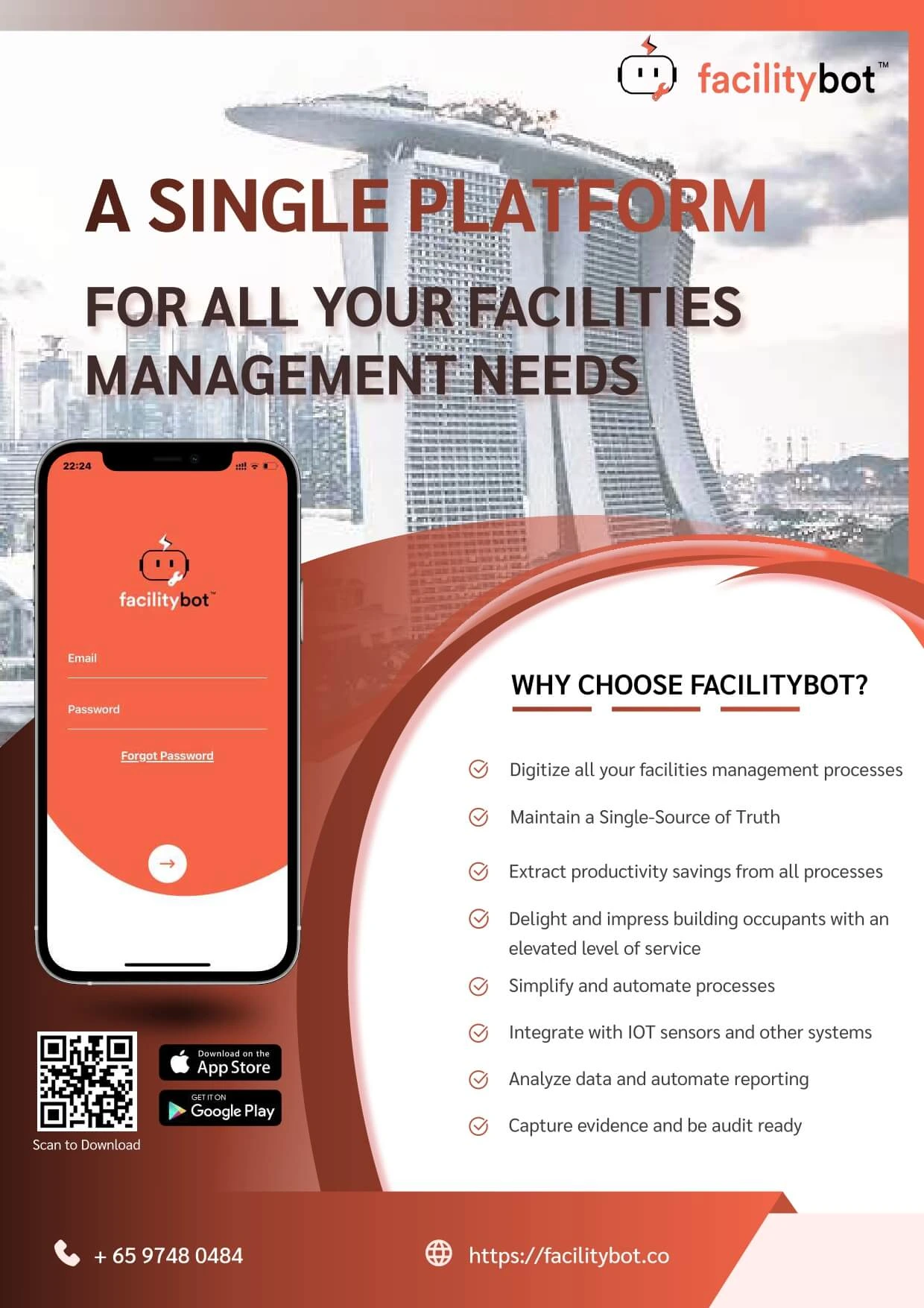Last updated on January 17th, 2024 at 06:54 pm
Introduction:
In an era where sustainability and energy efficiency are paramount, the Internet of Things (IoT) has emerged as a transformative force in facilities management. By leveraging IoT-enabled sensors and systems, facility managers can revolutionize energy management practices, leading to enhanced efficiency, cost savings, and reduced environmental impact. In this insightful article, we explore the vast potential of IoT applications for energy management in various facility types. Discover how IoT enables real-time monitoring, data-driven insights, and optimized HVAC systems, ultimately unlocking a new level of efficiency and sustainability.
Real-Time Energy Monitoring
IoT-enabled sensors offer real-time visibility into energy consumption, enabling facility managers to identify patterns, anomalies, and areas of inefficiency. Real-time monitoring allows for proactive identification of energy spikes or abnormal consumption, which can be indicative of equipment malfunctions, maintenance issues, or inefficient operational practices. By leveraging this data, facility managers can make informed decisions to optimize energy usage and reduce costs.
For example, in a commercial office building, IoT sensors integrated with the building management system can collect data on lighting usage, HVAC performance, and equipment energy consumption. Facility managers can analyze this data to identify trends, such as areas with excessive lighting or equipment running outside of office hours, and implement strategies to improve efficiency, such as adjusting schedules, upgrading equipment, or implementing energy-saving measures.
Identifying Inefficiencies and Optimal Energy Usage
The granular data collected by IoT sensors enables facility managers to analyze energy usage patterns and identify inefficiencies. By examining energy data in conjunction with occupancy, weather, or production metrics, facility managers can gain insights into potential areas of improvement.
In a manufacturing facility, for instance, IoT sensors can monitor energy consumption across different production lines or machines. Facility managers can compare energy usage patterns across similar equipment or shifts and identify outliers. By understanding the factors contributing to excessive energy consumption, such as inefficient processes, equipment malfunctions, or suboptimal scheduling, managers can implement targeted interventions. This might include process optimizations, equipment upgrades, employee training, or adjustments to production schedules to achieve greater energy efficiency.
Optimizing HVAC Systems for Energy Efficiency
Heating, ventilation, and air conditioning (HVAC) systems often account for a significant portion of energy consumption in facilities. IoT applications provide intelligent solutions to optimize HVAC performance and reduce energy costs.
Through the integration of IoT sensors with HVAC systems, facility managers can gather real-time data on temperature, humidity, occupancy, and outdoor conditions. By continuously monitoring these variables, the HVAC system can dynamically adjust settings to optimize energy usage while maintaining comfort levels.
For example, IoT sensors can detect occupancy in different zones of a building and communicate this information to the HVAC system. The system can then adjust temperature and airflow in specific areas based on real-time occupancy data, ensuring that energy is directed where it is needed most. Additionally, IoT sensors can monitor outdoor weather conditions and adjust HVAC system parameters accordingly, optimizing energy usage based on factors such as temperature, humidity, and sunlight.
Proactive Maintenance and Energy Savings
IoT applications enable predictive and proactive maintenance practices, leading to energy savings and prolonged equipment lifespan. By leveraging IoT sensors to monitor equipment performance and detect anomalies, facility managers can identify potential issues before they escalate, preventing energy-intensive breakdowns or system failures.
For example, IoT sensors can continuously monitor critical equipment, such as chillers or compressors, and transmit data to the facility’s CMMS system. The CMMS system can analyze the sensor data in real-time and use predictive algorithms to identify performance deviations or early signs of equipment deterioration. Facility managers can then schedule preventive maintenance or equipment repairs, optimizing energy consumption and avoiding costly emergency repairs.
Conclusion:
IoT applications have unlocked a new frontier in energy management for facilities. By leveraging real-time data, identifying inefficiencies, optimizing HVAC systems, and implementing proactive maintenance, facility managers can achieve significant energy savings, cost reductions, and environmental sustainability. Embracing IoT-enabled energy management practices paves the way for more efficient, resilient, and environmentally conscious facilities.
To fully realize the potential of IoT in energy management and take your facility’s efficiency to the next level, consider utilizing FacilityBot, a leading CMMS software. FacilityBot seamlessly integrates with IoT devices, allowing you to harness the power of real-time data and streamline maintenance workflows. Learn more about FacilityBot and its capabilities at facilitybot.co.
By utilizing the power of IoT and FacilityBot, facility managers can optimize energy usage, reduce operational costs, and contribute to a greener future. Explore the possibilities of IoT applications for energy management in your facility with FacilityBot, and take a significant step towards unlocking efficiency and sustainability.
For purchasing of IoT sensors and more, visit FacilityBot’s IoT Sensor Store.




